- Home
- slideshows
- miscellaneous
- 8 gadgets from the 2010s you won't believe you actually used
8 gadgets from the 2010s you won't believe you actually used
Panasonic Viera VT20 plasma 3D HDTV (2010)

Microsoft Kinect (2010)

When Microsoft debuted the Kinect in November 2010, it believed motion-controlled gaming was the future — enough to shell out $500 million for the marketing campaign. While the Kinect initially drew oohs and ahhs, especially from outside the gaming world, the technology was far from perfect and the content was lackluster. Microsoft doubled down on its bet in 2013 when it launched the Xbox One by including and requiring a Kinect sensor to operate the console, but its core users revolted, sending sales for the competing Sony Playstation 4 skyrocketing. The 2010s ultimately proved Microsoft wrong, and the company officially discontinued production of the Kinect in 2017.
Sony BDP-S570 Blu-ray/DVD player (2010)
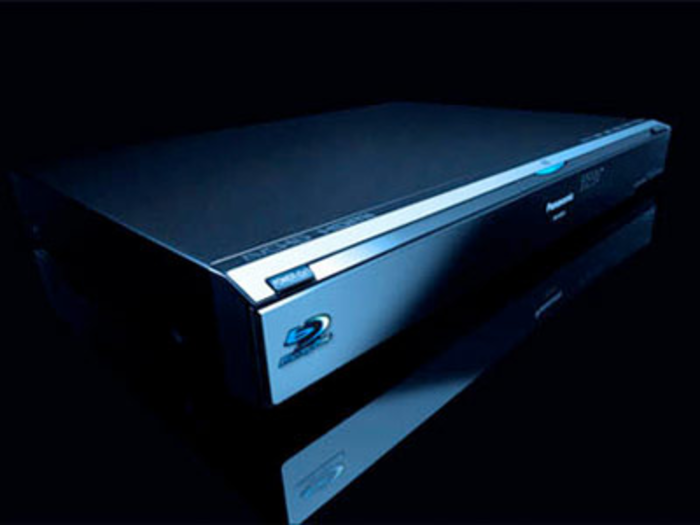
Sony helped pioneer the Blu-ray disc in the early 2000s, hoping to replace DVDs with a new disc format capable of delivering high-definition 1080p video straight to consumers' living rooms. On that front, Sony succeeded — Blu-ray eventually beat out its main competitor, the HD DVD, as the disc of choice. And in 2010, when Sony released the BDP-S570 disc player, reviewers raved about its Blu-ray playback quality, 3D and Wi-Fi capabilities, and iPhone/iPod Touch remote control app. But in a telling omen for the future of disc players, the BDP-S570 also offered access to streaming video from Netflix, Amazon, and YouTube. Over the next decade, those same streaming services decimated the Blu-ray and DVD industries.
T-Mobile / Samsung Sidekick 4G (2011)
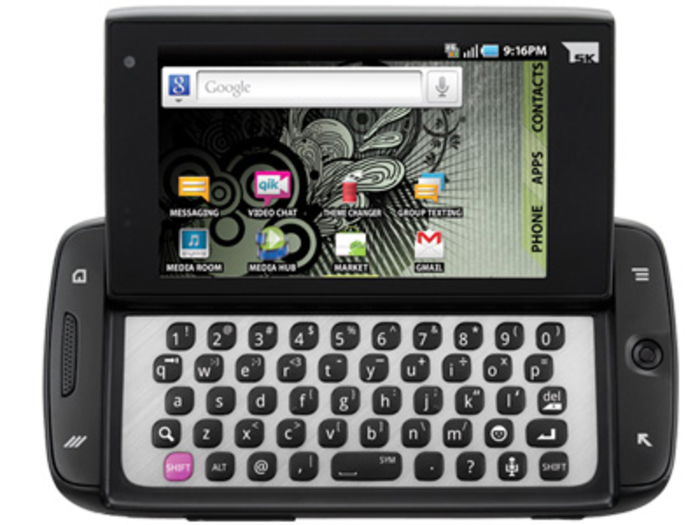
Few phones hearken back to the pre-smartphone era like the Sidekick, and the Sidekick 4G helped mark the end of that era. Originally released in 2002, the Sidekick became the first cell phone to appeal widely to a younger, non-business audience. Its affordability, smooth user experience, legendary swivel-out QWERTY keyboard, and parade of celebrity endorsements from Lil Wayne to Paris Hilton helped cement it as a cultural staple. But after Microsoft bought Danger, the company behind the phone, a combination of internal politics, an infamous service outage, and the rising popularity of smartphones effectively killed the Sidekick. T-Mobile tried to revive it in 2011 with the 4G, which was made by Samsung and ran Android, but ultimately discontinued the line in 2012.
Amazon Kindle Keyboard (2012)
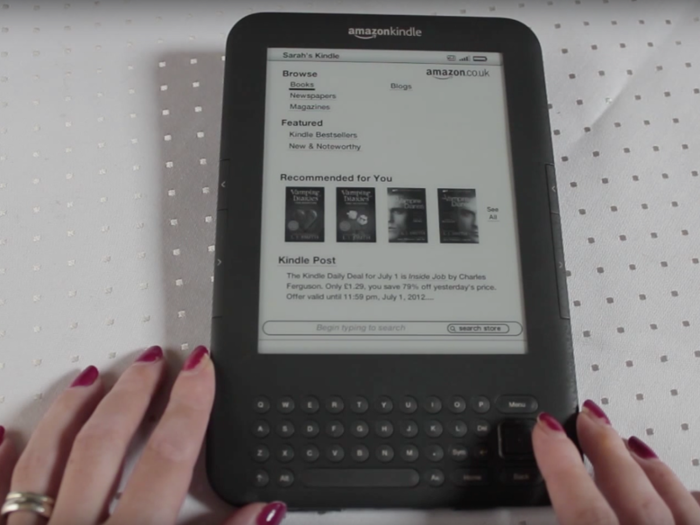
While it may look dated now, the third generation of Amazon's Kindle e-reader was a hit with consumers, becoming the most popular item on Amazon's site in the month after its release. Unveiled in July 2010, the Kindle Keyboard cost $139 for a Wi-Fi only version and $189 for both Wi-Fi and 3G capabilities, and came in two colors: graphite and white. It also featured a higher contrast display and more compact, ergonomic design — making it even thinner than the iPhone 4. Amid a crowded e-reader market, the Kindle Keyboard stood out as one of the few that made people want to read more, not less, on their devices.
Clip-on fitness trackers, like the Fitbit One (2012)
In the early 2010s, Fitbit was synonymous with wearables, with the original device tracking steps, distance, how many calories were burned, and sleep. Older Fitbit models were clipped onto the wearers clothes, rather than the watch style of fitness trackers today. Apple introduced the Apple Watch in 2015, and solidified the path of fitness trackers looking more like watches, and in some cases also functioning as watches. Fitbit no longer carries clip-on trackers.
Fourth generation iPod Shuffle (2010)
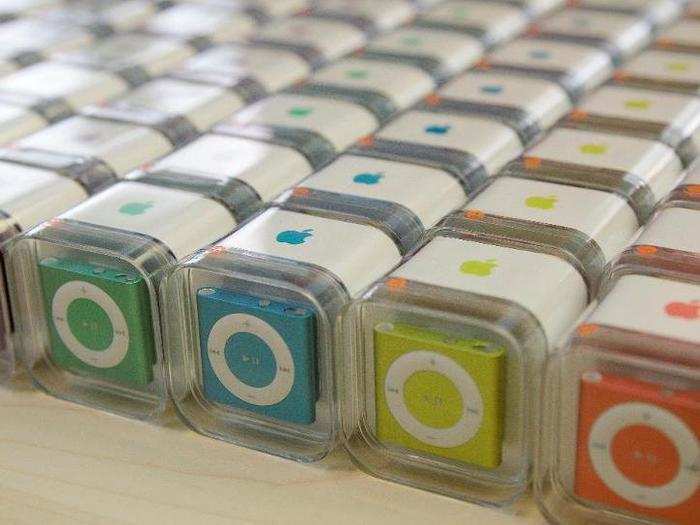
iPods changed how people listened to music, and they once made up the bulk of Apple's profits, but after the introduction of the iPhone in 2007, they began the long road to obsolescence. By 2015, Apple no longer bothered to list iPod sales as a separate category. The Shuffle was launched in 2005 as the smallest iPod in Apple's lineup, and the final version was released in 2010 as the fourth generation. As smartphones became the norm and music became more about streaming, iPods as a separate device for music just weren't necessary anymore. Apple discontinued all versions of the iPod besides the iPod Touch in 2017.
DVD drives
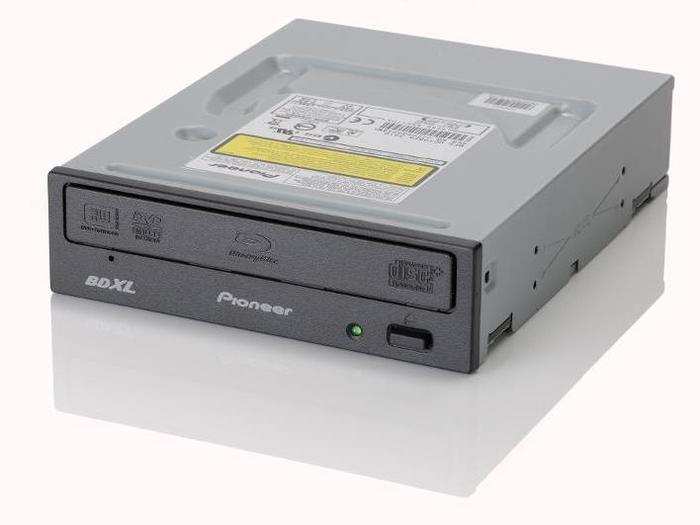
DVDs were first introduced in 1996 as a preferable alternative to laserdiscs and VHS. As Netflix started a popular mail-order DVD subscription service and people watched more content on their laptops, DVD drives were the way to go on any computer that didn't have a DVD port. Last year, Business Insider called a DVD drive a "must have accessory" for a MacBook, but they're becoming less common and necessary.
iTunes and other streaming services have since made it possible to rent and watch movies and TV shows without bothering with CDs. In 2016, the last VCR production company shut down, and CDs look to be heading in the same direction, making DVD drives nearly obsolete.
Popular Right Now
Popular Keywords
Advertisement